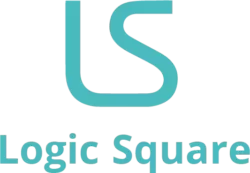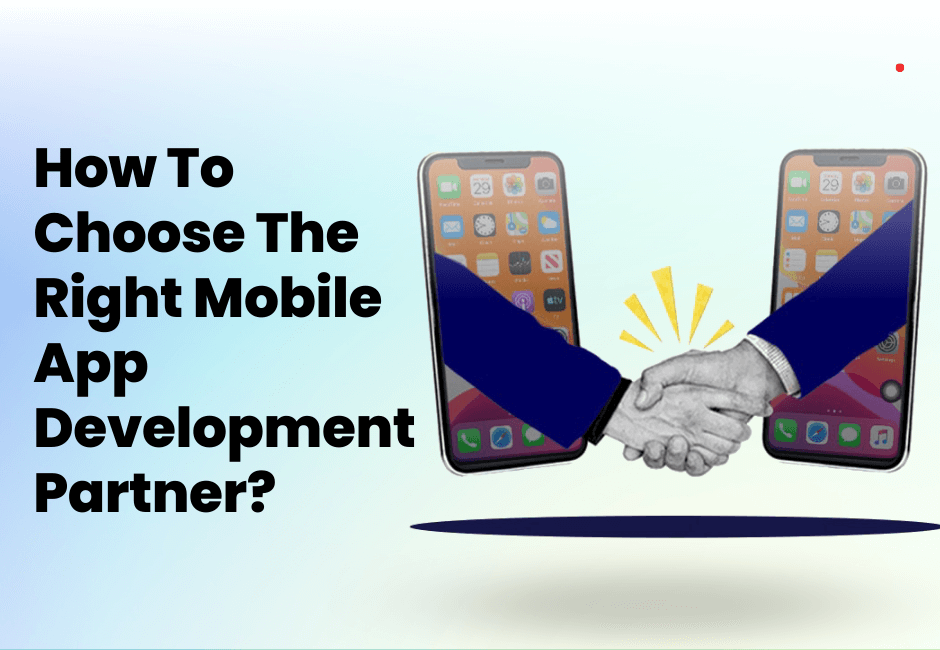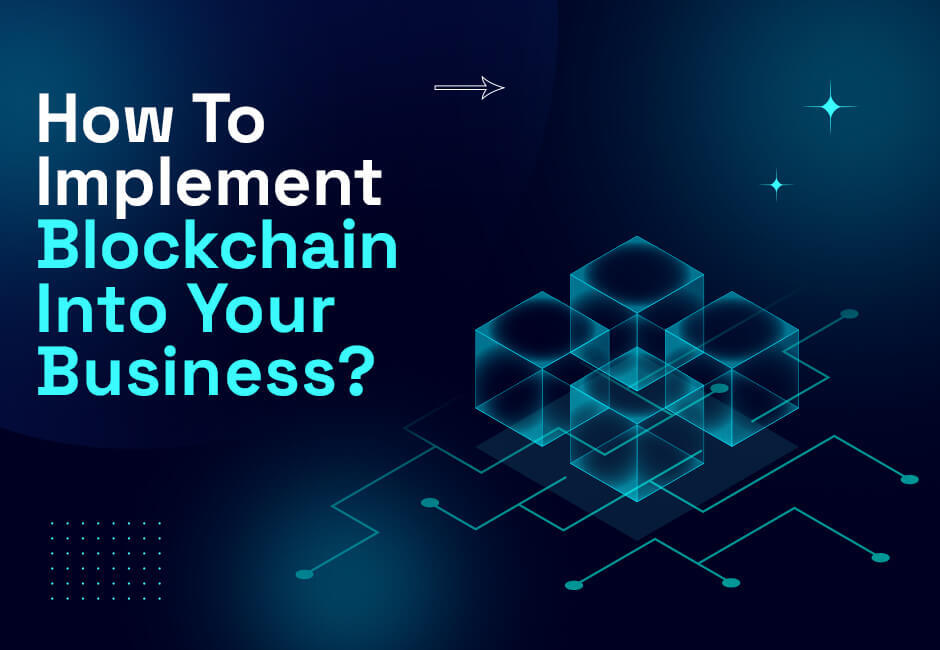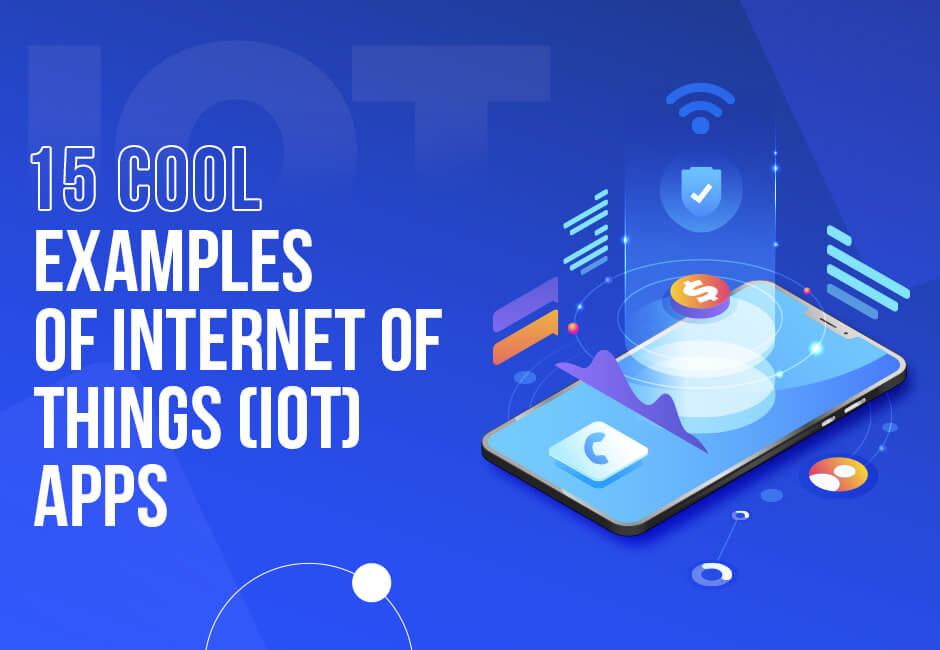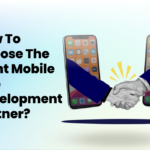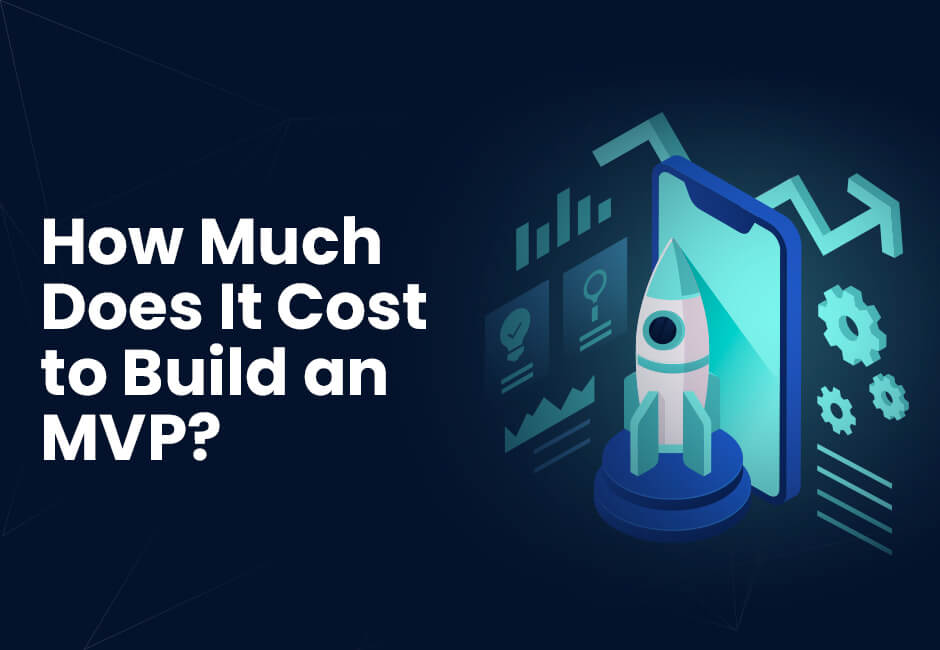
One of the most significant pitfalls entrepreneurs face is investing valuable resources into a product that does not meet market demand. To avoid making such costly mistakes, entrepreneurs must focus on developing a Minimum Viable Product (MVP) to test their concepts feasibility in the market. While the building process of an MVP may seem daunting, it is a crucial step that can help you validate your idea, refine your product, and make informed decisions that will ultimately lead to success.
However, estimating the MVP development cost is one of the most significant considerations. Understanding the costs involved in MVP development can help entrepreneurs allocate resources effectively and avoid overspending in areas that do not bring significant value to the product. A well-planned budget can help you prioritize the most critical features of your MVP, ensure that your development team stays on track, and improve your chances of success in the competitive app market.
If you’re in the tech industry, chances are you’ve read numerous articles attempting to estimate the cost of building a minimum viable product (MVP). However, with so many myths and misconceptions floating around, it’s easy to get confused and overwhelmed. So, if you’re ready to cut through the noise and get a clear understanding of MVP development costs, keep reading. We’ll cover everything from reasons to start with an MVP and timeline to cost factors and post-launch maintenance, giving you the insights you need to plan and budget your MVP project accurately.
Minimum Viable Product (MVP)- A Brief Idea
Let’s take a moment to truly grasp the essence of MVP (Minimum Viable Product) before diving into its development costs. Trust us; it’s worth investing a few moments to understand what an MVP is all about and why it’s a critical component of any successful startup journey. A Minimum Viable Product (MVP) is a version of a product or service that has just enough features to satisfy early customers and provide feedback for future product development. Startup and software development companies often use MVP to validate assumptions, test the market, and reduce the risk of building a product that customers do not want or need.
An MVP typically includes the core features that solve the primary problem for the target audience while leaving out non-essential features that can be added later. The goal of an MVP is to launch a product quickly, with a minimal investment of time and resources, in order to test the market and gather feedback from early adopters. As an app entrepreneur, think of MVP as the first version of your mobile or web application. Developing an MVP has numerous advantages. Let’s catch up in the following section.
What Are The Various Reasons To Develop An MVP?
#1 Test Your Idea: Developing an MVP is essential for app entrepreneurs looking to turn their ideas into successful products. An MVP helps you test your idea with early adopters, gather feedback, and validate assumptions before investing significant resources into a full-fledged product. By gaining this feedback, you can refine your product and make necessary adjustments before releasing it to the wider market. You can never be so sure about the outcome of your app idea without developing an MVP.
#2 Minimize Risk: Starting with an MVP minimizes the risks and costs of developing a product that no one wants or needs. By testing your concept with a minimum viable product, you can determine if there is a market for your idea before investing in a fully developed product. In addition, it validates your assumptions to make your final product full-proof against the market risk.
#3 Resource Optimization: An MVP is typically less complex and requires fewer resources to build than a full-scale product. It can save you time and money while allowing you to test your ideas. MVP features are simple and are designed to solve problems for early users.
#4 Raise Funds: A minimum viable product (MVP) is not just a basic idea but a functional product you can sell to your end-users, pitch to investors, or use in crowdfunding campaigns. In fact, a well-designed MVP can even help to expand your budget rather than limit it. You can even sell your MVP to early adopters, generating revenue to reinvest in further development.
#5: Evaluate the team’s project management skills: Developing an MVP is a crucial step toward building a successful product, and testing the capacity of your development team is just one of the many benefits it offers. By creating an MVP, you can assess your team’s technical abilities and ensure they have the necessary skills to develop a high-quality final product. It is a cost-effective and efficient way to identify any potential issues with the development process before committing to a full-scale product launch.
MVP Development-Timeline:
The time to develop an MVP app has a strong relationship with the MVP development cost and is proportional to the number of features you have in your app. The platform, the number of app roles, the number of features, and the complexities of the app features determine the timeline of MVP development.
Building a minimum viable product (MVP) typically takes one to two months. This timeline includes business analysis and product maintenance.
How Much Does An MVP Development Cost: Factors Affecting The Cost Estimation
While MVP development can be a cost-effective way to launch a product, it’s essential to understand the factors affecting MVP development’s cost estimation. Factors such as the complexity of the product, the development team’s size and expertise, the chosen technology stack, and the project timeline can all impact the MVP costs.
Moreover, the specific requirements and goals of the project can also influence MVP cost variations. Therefore, it’s critical to consider these factors carefully to ensure that the estimated cost aligns with the project’s needs and expectations. So, Let’s discuss them one after the other.
#1 Project Complexity:
To answer how much an MVP costs, you must understand the complexity of your MVP development. The complexity of the MVP is one of the most significant factors affecting the cost. The more complex the MVP is, the more time and resources it will take to develop it. It determines the design elements and development tasks.
Listing all the required features and categorizing them into must-have, could-have, not-to-have, and good-to-have groups can help determine the development cost. Moreover, by further classifying the must-have features based on the user’s input, actions, and activities, the development team can prioritize the most critical features the users will interact with.
#2 Features:
The number and complexity of features included in the MVP will also affect the cost. The more features included the more time and resources it will take to develop them. In addition, the complexity of the application requires more expert developers to work on the project. The increased team size also increases the MVP development costs. Some app features may be more complex to develop than others, which can increase the time and effort required to build an MVP.
For example, creating a feature that integrates with third-party APIs may require more time and expertise than developing a simple user interface. In addition, user requirements also influence the app’s features. Some app features may be more complex to develop than others, which can increase the time and effort required to build an MVP.
A simple MVP with only a few features like messaging or data sync may take less time and require fewer developers, resulting in lower costs. On the other hand, an average complexity product with features such as in-app purchases or location tracking may require a moderate amount of time and expertise to develop, resulting in moderate costs.
#3 Technology:
The technology used to build the MVP will also affect the cost. For example, newer and more advanced technologies can increase costs, while using older or more basic technologies can reduce them. The tech stack refers to the programming languages, frameworks, libraries, and tools used to build an application. To develop an MVP, you need three specific tech stack components: a front-end interface, a back-end interface, and database and storage.
- Front-End Interface: The front-end interface framework used to build an MVP can affect its development cost. The leading front-end interface frameworks include React, Angular, and Vue.js. These frameworks offer a variety of features and functionalities that can impact the cost of development. For example, React is known for its ease of use and modularity, which can reduce development time and cost. In contrast, Angular offers more comprehensive features, which can lead to a longer development cycle and higher development costs.
- Back-End Interface: The back-end interface is responsible for processing requests and data from the front-end interface. The most popular back-end interface frameworks include Node.js, Ruby on Rails, and Django. Each framework has unique features and functionalities that can affect the development costs. For example, Node.js is known for its scalability and performance, which can reduce the cost of server infrastructure. Ruby on Rails is known for its simplicity and ease of use, which can reduce the time and effort required to build an MVP.
- Database & Storage: The database and storage solution you select for your MVP is vital to your tech stack. Selecting a database that minimizes read-write complexity is essential, as this can significantly impact your application’s performance. In addition, it can improve the efficiency of data retrieval and storage operations, leading to faster response times and a more streamlined user experience. Choosing a solution that offers scalability, security, reduced read-write complexity, and cost-effectiveness is important to ensure your MVP’s efficient and cost-effective development.
#4 Design:
The design of the MVP is another critical factor that affects the MVP development costs. A more elaborate and dynamic app design typically requires more time and resources than an ordinary design. For instance, to create a dynamic model, Developers have to use design tools like Axure RP and InVision. A dynamic layout in your MVP ensures increased customer engagement and interaction.
However, it’s important to note that the cost of designing a dynamic app layout may be higher than the static one. In addition, Developing a well-designed MVP requires expertise in several areas, including graphic design, user interface design, and user experience design. Now, let’s discuss them in detail.
- Complex Design Elements: When it comes to developing an MVP, the complexity of your app design can affect the costs. A more complex design with intricate graphics, animations, and custom features requires more time and effort to develop, leading to higher development costs.
- User Experience (UX): The user experience of an app plays a significant role in its success. If the app design is intuitive and easy to use, it can attract more users and result in a higher adoption rate. Developing an app with good UX requires more attention to detail, which can increase the cost of MVP development. Simply put, it will make up a significant portion of the total development cost.
- Platform-Specific Design: Different platforms, like iOS and Android, have specific design guidelines and principles. Adhering to these guidelines can ensure the app has a consistent and familiar design across platforms, leading to a better user experience. However, designing an app for multiple platforms requires more time and effort, resulting in higher development costs.
- Iterations & Revisions: Design is an iterative process, and it may take several iterations and revisions to arrive at the final design. Each iteration and revision requires additional time and effort, leading to higher development costs.
#5 Timeframe:
The timeframe for developing the MVP is another essential factor that affects the cost. A shorter development timeframe will typically require more resources and will be more expensive than a longer timeframe. In addition, the longer the development timeframe, the longer it takes for the MVP to reach the market. This delay may result in lost opportunities and potential revenue for the company.
Let’s understand the impact of the project timeline on MVP cost estimation with an example. Suppose you got two proposals from two development teams. Eight developers working at $25/hour complete the project in 2 months, while four developers working at the same price take almost four months! Not only does this increase your expenses, but it also delays your project timeline. It’s critical to make a wise decision when hiring developers- so choose quality and quantity wisely!
#6 Development Location & Team:
The location of the development team can also impact the cost. Developers in certain regions or countries may have lower rates than others, so you should also consider the location of the development team when estimating the cost of an MVP. Choosing the right development location is critical because the hourly rates vary significantly depending on their locations.
For instance, developers in North America and Western Europe tend to charge higher hourly rates than those in Eastern Europe, South Asia, or Latin America. Your development team choice can significantly influence the MVP development costs. You have four ways to build your MVP development team. In-house development team, freelance developers, local development team, and MVP development outsourcing. Let’s discuss cost estimations for each option.
- In-House Development Team: If you build an in-house development team to work on the MVP development project, you must consider the average salary of a software engineer. According to Glassdoor, the average software engineer’s salary in the United States is $3500-$4500 monthly. Assuming an average team size of five developers, the annual salary cost for an in-house development team would be approximately $2,70,000. However, this estimate does not include the additional costs associated with employee benefits, IT expenses, IT systems, training, and software licenses. Considering these factors, the total cost for an in-house development team can easily exceed $7,50,000 per year. So, the MVP estimated cost per person is around $1,50,000.
- Freelance Developers: Freelance developers are individual developers who work on a project basis and are not part of a larger development team. The cost of hiring a freelance developer can vary widely depending on their location, experience, and skill set. According to Upwork, the average hourly rate for a freelance software developer in the United States is $250-$375 per hour. However, you can hire a full-stack freelance developer for around $4,000-$6,000 monthly. Hiring a freelance designer requires around $4,000-$5,000 monthly. In addition, you must hire a tester for your MVP project, which will cost you around $2,000-$4,000 per month. Assuming a 40-hour workweek, the monthly cost for a freelance development team can range from $10,000-15,000. However, working with freelance developers can be riskier than working with an in-house development team, as there is less control over the quality and timeline of the work.
- Local Development Team: A local development team is a team of developers based in the same country as the company hiring them. It is a viable alternative for companies that cannot afford to have an in-house team. The cost of hiring a local development team can vary depending on the location. The approximate cost of hiring a local developer is around $150-$200. If you hire a team of 5 members, the total MVP development cost can range anywhere from $1,60,000-$1,80,000. In Europe, the average salary for a software developer is €48,971 per year. In India, the average salary for a software developer is ₹598,540 ($7,226.26) per year. Assuming a team size of five developers, the annual salary for a local development team would be approximately $180,000 in the United States, €244,855 in Europe, and ₹2,992,700($36,211.28) in India.
- MVP Development Outsourcing: MVP outsourcing has emerged as a highly favoured option among businesses due to its practicality and cost-effectiveness. Surprisingly statistics reveal that 78% of business owners have reported high satisfaction with their outsourced partners. In 2021 alone, a staggering $75.2 billion was spent on outsourcing security, highlighting the increasing reliance on this approach. MVP development outsourcing involves hiring a development team from another country or region to work on the project remotely. One of the most significant advantages of outsourcing your MVP development is avoiding the additional expenses associated with IT infrastructure, system maintenance, technology training, employee benefits, and software licenses. It means you can focus on developing your product without worrying about incurring additional costs or managing complex IT-related tasks. Assuming a 40-hour workweek, the monthly cost for an outsourced development team can range from $30,000 to $36,000.
Here is the summary of average overall MVP development costs.
| Type Of Team | MVP Development Costs (USA) |
| In-House | $150,000 – $750,000 |
| Freelance | $10,000 – $15,000 |
| Local Developers | $160,000 – $180,000 |
| Outsourcing | $30,000 – $36,000 |
Why Is Logic Square Technologies the Right Choice for Your Software Development Needs?
Hopefully, you get the answer to how much an MVP costs from the factors mentioned above. Logic Square Technologies is the right choice for your software development needs if you want to develop a Minimum Viable Product (MVP) with optimized costs. Our core features, including a sharp talent pool, frugal innovation, consistency, and collaboration, enable us to deliver MVPs that meet your business goals while keeping costs in check.
Our team of experienced developers uses agile methodologies to develop MVPs that are lean and focused on delivering essential features. We prioritize user testing and feedback to ensure the MVP meets your target market’s needs. We can develop MVPs faster and at lower costs by leveraging existing technologies and tools. With our collaborative approach, we work closely with our clients to ensure that the MVP meets their business needs, stays within budget, and delivers on time. Trust Logic Square Technologies to develop your MVP with optimized costs and deliver a high-quality product that meets your business goal.
Final Words
Building an MVP is essential for any startup or business looking to test a new product idea or enter a new market. While the cost of developing an MVP can vary depending on various factors like the complexity of the product, the technology stack, and the development team’s experience, it is possible to develop an MVP with optimized costs.
Following the tips outlined in this blog and partnering with a reliable and experienced software development company like Logic Square Technologies, you can develop an MVP that meets your business goals while staying within your budget. Contact us today to learn more about our MVP development services and how we can help you achieve your business goals.
Author
Logic Square
Logic Square is a USA-based technology company specializing in tailored software development, web development, and digital marketing services.

